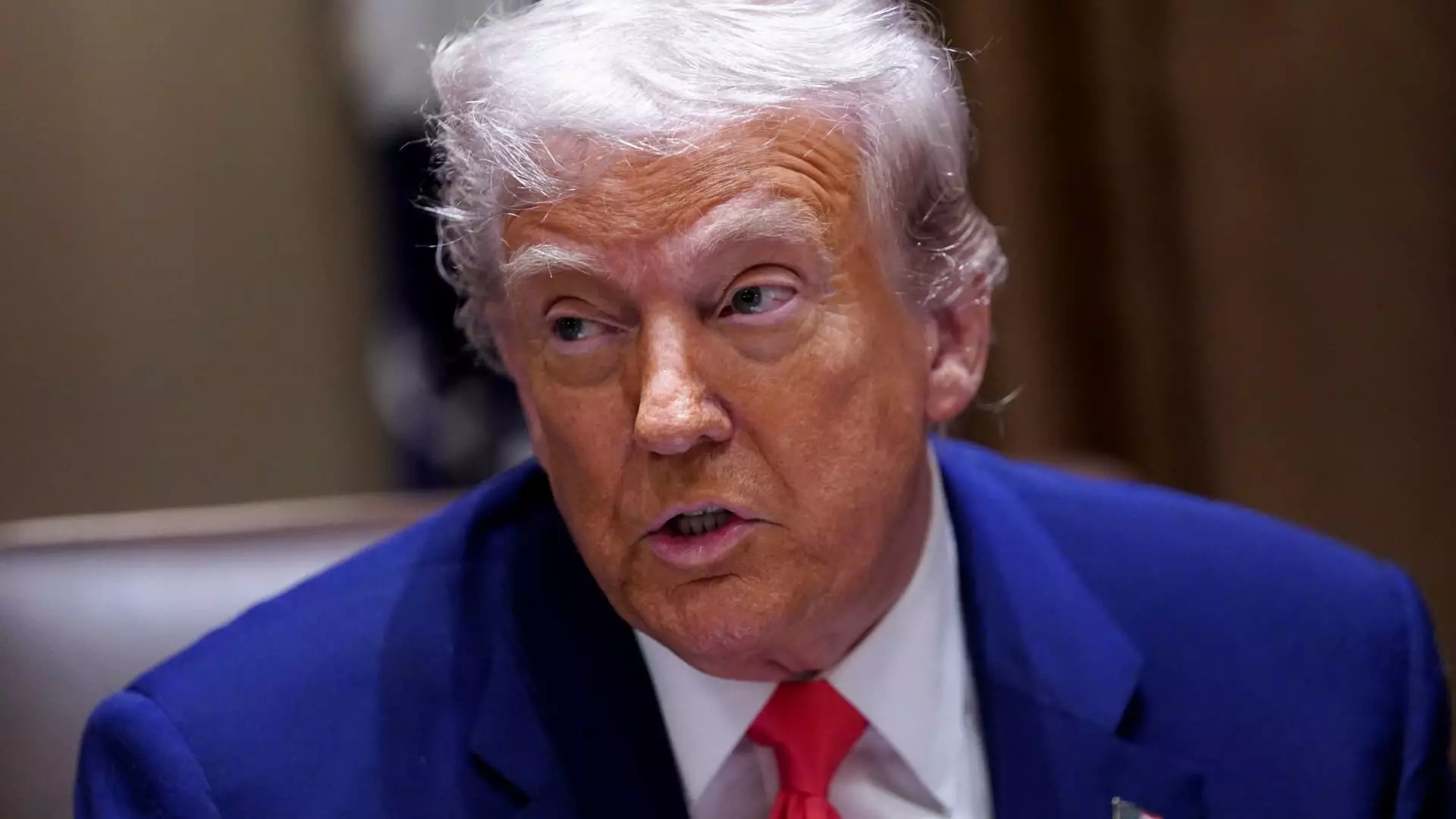The recent announcement of a staggering 145% tariff on Chinese imports signifies a perilous shift in U.S. trade policy. Renowned economist Erica York has made a cogent argument: tariffs exceeding triple digits could effectively sever the intricate trade ties between the United States and China. The implications of such a policy are not merely theoretical; they represent a significant departure from decades of trade relationships built on mutual benefit. With the economy reeling from the challenges of the COVID-19 pandemic, these tariff hikes may well prove to be a self-inflicted wound that exacerbates economic woes across multiple sectors.
Moreover, the unfolding scenario is a glaring reminder of the risks associated with protectionist policies. When a leader prioritizes political optics over sound economic principles, the results can be catastrophic. The rapid rise of the tariff rate, particularly the jump from 84% to 145%, raises crucial questions about the ability of American companies to compete globally. This overwhelming increase is poised to inflict severe pain, giving rise to costs that consumers cannot evade. While it is tempting to scapegoat foreign players for domestic economic challenges, the true ramifications of these tariffs will reverberate right back into American wallets.
The Economic Fallout: A Financial Tightrope
From an economic perspective, the administration has taken an alarmingly protectionist stance reminiscent of the pre-World War II era. The average tariff rate is projected to rise to levels unseen since the 1940s, posing significant challenges for market stability. The Tax Foundation’s prediction that such tariffs could generate a windfall of $171.6 billion in federal tax revenues cannot mask the broader economic implications, including inflationary pressures on everyday goods. This is not merely a numerical projection; it encroaches upon fundamental market efficiency, risking long-term damage to both domestic and international trade paradigms.
Furthermore, President Trump’s temporary reduction of tariffs on imports from other countries, while maintaining the hardline stance against China, underscores a disjointed approach fraught with inconsistencies. The notion of pausing tariffs for 90 days does not erase the reality that this administration has adopted a heavy-handed strategy that jeopardizes growth. By leveraging tariffs as a bargaining chip, the government is treading a precarious path; the ultimate long-term economic costs could eclipse any short-term fiscal gains.
The Geopolitical Dimensions
In the global arena, China’s reaction to these developments has been anything but passive. With their retaliatory tariffs increasing dramatically, the potential for a trade war escalates. Such escalations may threaten not only U.S. businesses but also the livelihoods of countless workers whose jobs remain tied to robust trade relations. The cycle of retaliation creates an environment ripe for economic stagnation, with no winners in sight. Both countries risk plunging into a trade conflict that damages relationships built over decades and spirals into broader diplomatic tensions.
In essence, President Trump’s trade policy relies heavily on confrontational posturing rather than collaborative negotiation. This failure to engage productively with international partners reflects a misunderstanding of modern trade dynamics, which can no longer be dictated solely by one nation. The consequences of this misguided approach will echo throughout the global economy, turning a critical moment into a historical cautionary tale.

